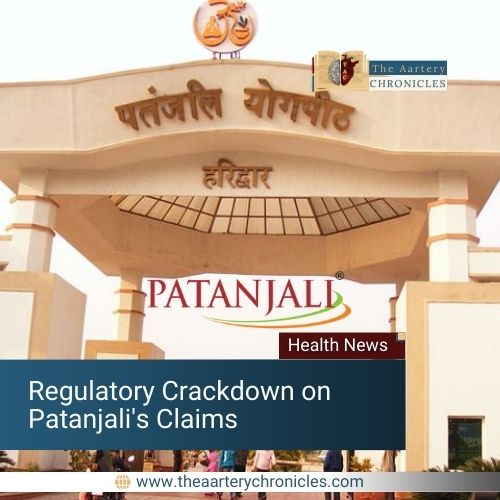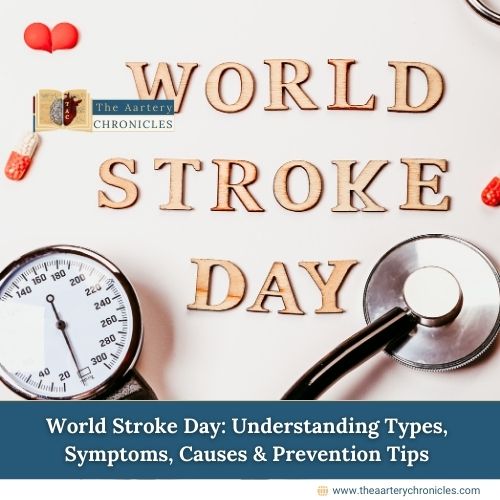

Why Unsafe Abortion Is More Dangerous Than You Think
Unsafe abortion remains a critical and persistent global public health challenge, affecting millions of women worldwide and contributing significantly to maternal morbidity and mortality. Despite advances in reproductive health services, unsafe abortion continues to claim lives, particularly in low- and middle-income countries where access to safe, legal abortion and comprehensive healthcare is limited.
What is Unsafe Abortion?
It refers to the termination of an unintended pregnancy by individuals lacking the necessary skills or in an environment that does not conform to minimal medical standards. This includes procedures performed by untrained providers in unhygienic conditions or using harmful methods. Such practices drastically increase the risk of severe complications and death.
Difference Between Safe and Unsafe Abortion
Aspect | Safe Abortion | Unsafe Abortion | ||
|
|
| ||
Provider | Trained, qualified healthcare professional | Untrained individual or self-performed | ||
| ||||
Location | Clean, equipped medical facility | Unhygienic, non-medical, or secretive setting | ||
| ||||
| Medically approved (recommended by WHO) and appropriate for pregnancy stage | Dangerous, unapproved, or harmful methods (e.g., inserting foreign objects, ingesting toxic substances) | ||
| ||||
Medical Supervision | Proper medical supervision and follow-up care | Lack of supervision and inadequate aftercare | ||
| ||||
Risks | Low risk of complications | High risk of infection, hemorrhage, injury, infertility, or death | ||
| ||||
Legal Status | Typically carried out in settings where abortion is lawful and regulated | Frequently occurs in places where abortion is prohibited or heavily restricted |
Global Impact
The World Health Organization (WHO) estimates that each year, around 25 million abortions are carried out under unsafe conditions globally. Alarmingly, every 8 minutes, a woman in a developing nation dies from complications arising from unsafe abortion.
The prevalence of unsafe abortion varies sharply between regions. In Western nations, only about 3% of abortions are considered unsafe, thanks to greater access to safe and legal reproductive health services. In contrast, in developing nations, approximately 55% of abortions are unsafe. The highest incidences of unsafe abortions occur in Latin America, Africa, and Southeast Asia, regions where restrictive laws, social stigma, and poor healthcare infrastructure limit access to safe abortion services.
It is important to note that because unsafe abortions frequently take place secretly and are carried out by untrained providers or the women themselves, a significant portion of cases remain unreported. As a result, the available statistics are estimates, and the true numbers are likely higher.
Health Consequences and Complications of Unsafe Abortion
The immediate complications from unsafe abortion can include:
- Severe hemorrhage (excessive bleeding)
- Infection and sepsis
- Injury to internal organs such as the uterus, intestines, or bladder
- Uterus perforation
- Sepsis
- Necrotic bowel
- Infertility and chronic pelvic pain
Long-term effects may include psychological trauma and increased risk of maternal death in subsequent pregnancies.
Social and Economic Burden
Unsafe abortions not only affect women’s health but also have profound social and economic consequences. Women suffering complications often require emergency medical care, which strains fragile healthcare systems. Families may face financial hardship due to medical costs and loss of income. Additionally, the stigma surrounding abortion can lead to social isolation and mental health challenges for affected women.
Addressing the Issue: Strategies and Solutions
Addressing unsafe abortion requires a multifaceted approach. First and foremost, preventing unintended pregnancies should be prioritized through comprehensive sexual and reproductive health education and wider access to contraceptive services. By providing women and girls with accurate and evidence-based information about reproductive health, they are empowered to make informed, autonomous decisions that promote their well-being and safeguard their reproductive rights.
In countries where abortion is legal, it is crucial to improve women’s access to safe abortion services. This means training healthcare providers in safe abortion techniques and ensuring they can refer patients to facilities equipped to manage any complications. Health centers must be properly staffed and supplied with the necessary equipment to provide consistent, high-quality postabortion care, including family planning counseling to help prevent repeat unintended pregnancies.
Research shows that liberalizing abortion laws and providing services openly through skilled practitioners reduces abortion-related health risks. However, sociopolitical and cultural barriers often hinder legal reforms. Overcoming these obstacles requires the combined efforts of governments, healthcare professionals, activists, grassroots organizations, researchers, and the media. Raising awareness about the physical, emotional, and economic impact of unsafe abortion is key to promoting legal and healthcare changes that protect women’s lives and well-being.
Conclusion
Unsafe abortion is a critical yet preventable threat to women’s health and lives, especially in resource-limited settings. Addressing this global public health concern requires concerted efforts from governments, healthcare providers, communities, and international organizations to ensure safe, legal, and accessible reproductive healthcare for all women. By prioritizing women’s health rights and expanding reproductive health services, we can save lives and promote healthier societies worldwide.









